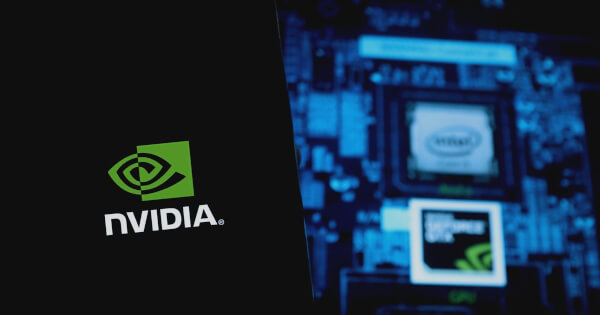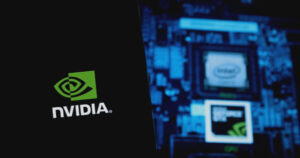Embracing the Future: How AI Factories are Transforming Data Centers
By Extreme Investor Network Team
March 19, 2025
Introduction
The digital landscape is on the cusp of a monumental shift—one where artificial intelligence (AI) is poised to redefine the rules of engagement across industries. As we stand at the dawn of this new industrial revolution, AI factories are emerging as critical players in this transformation, challenging the status quo of traditional data centers. At Extreme Investor Network, we believe understanding these advancements is essential for investors and technology enthusiasts alike. Let’s delve into how AI factories are changing the game and what it means for the future of AI-driven innovation.

What Are AI Factories?
AI factories are revolutionizing the way we think about data processing and intelligence manufacturing. Unlike traditional data centers, which are equipped to handle a variety of workloads, AI factories are purpose-built environments designed exclusively for the AI lifecycle—from data ingestion to training and high-volume inference. They transform vast amounts of raw data into actionable insights, providing companies with a critical competitive edge in an increasingly data-driven world.
The Global Race for AI Infrastructure
As enterprises and governments worldwide acknowledge the need for AI capabilities, investments in AI factories are gaining momentum. Notably, initiatives like the European High Performance Computing Joint Undertaking aim to establish multiple AI factories across the EU, emphasizing a global urgency to enhance AI infrastructure. Countries that prioritize the development of AI factories will likely see economic growth and innovation as they leverage AI to streamline operations and improve decision-making processes.
The Increasing Demand for Compute Power
The evolution of AI technologies has led to an escalating demand for computational power, a trend driven by the emergence of three pivotal scaling laws: pretraining, post-training, and test-time scaling. These laws significantly influence the compute requirements for AI models, and recent data indicates that pretraining activities alone have surged by an astonishing 50 million times in just five years. This growth highlights the urgent need for specialized infrastructures like AI factories.
NVIDIA: The Powerhouse Behind AI Factories
NVIDIA stands at the forefront of the AI factory movement, offering a robust, integrated stack that fuels the future of AI development. From cutting-edge compute performance to advanced networking capabilities, NVIDIA’s solutions are designed to ensure that enterprises can construct AI factories that are both cost-effective and highly adaptable to future demands. The technologies emerging from NVIDIA’s Hopper and Blackwell architectures promise unprecedented efficiency, enabling organizations to meet the growing demands of AI workloads seamlessly.
Deployment Flexibility: On-Premises vs. Cloud
One of the standout features of AI factories is the flexibility they offer in deployment. Organizations can choose to set up AI factories on-premises with solutions like the NVIDIA DGX SuperPOD, which provides a scalable and efficient infrastructure tailored to their specific needs. Alternatively, cloud-based options such as NVIDIA DGX Cloud allow businesses to tap into scalable computing resources across various cloud platforms, further accommodating diverse operational requirements.
Conclusion: The Road Ahead
As we navigate the evolving digital landscape, AI factories will become indispensable for enterprises striving to harness the full power of artificial intelligence. At Extreme Investor Network, we are committed to keeping our readers informed about these transformative technologies that can redefine business success in an AI-driven future. By investing in or adopting AI factories, businesses can position themselves to thrive in the competitive arena of the future.
Stay connected with us for more insights into the world of cryptocurrency, blockchain technology, and the burgeoning AI landscape.
Image source: Shutterstock

